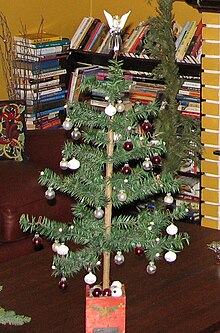Features:
- Artificial Christmas tree
- Balsam Fir collection
- 850 Clear Dura-Lit mini lights
- 2030 Tips
- Heavy duty metal stand
- Includes one extra set of 50 mini lights
- Assembly required
- Manufacturer provides 10 years construction warranty on tree and 5 years or 3000 hours warranty on lights
For this and more Christmas Trees from Vickerman CLICK HERE
This item comes with free shipping and normally ships within 24 hours.
Artificial Christmas Trees are very wise investments, and we have you covered with one of the largest selections of Artificial Christmas Trees. Whether you are looking for a table top tree or a large commercial size tree or even something in between, we carry them all. The trees you will find here have higher tip and light count than the big box stores. Our high quality trees are sure to make this the best Christmas ever.




